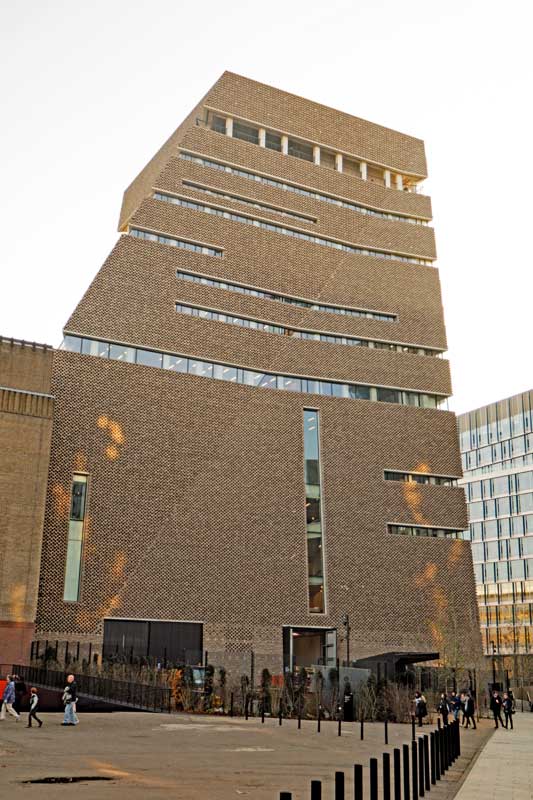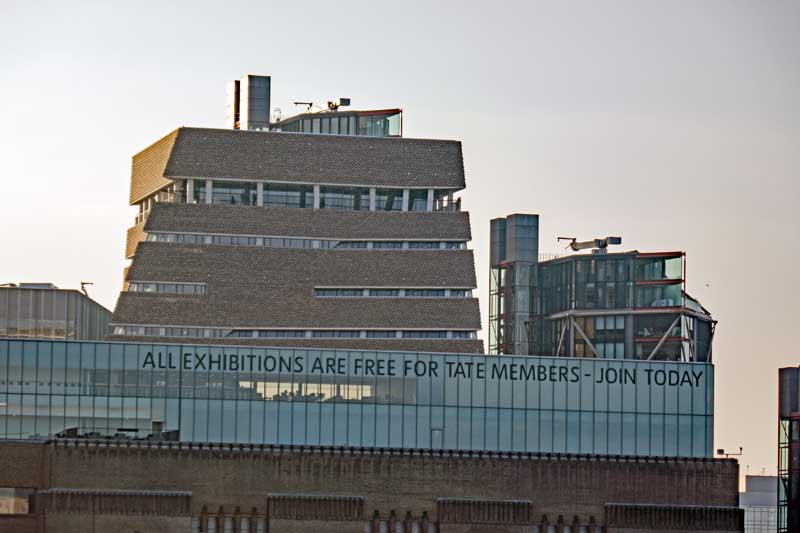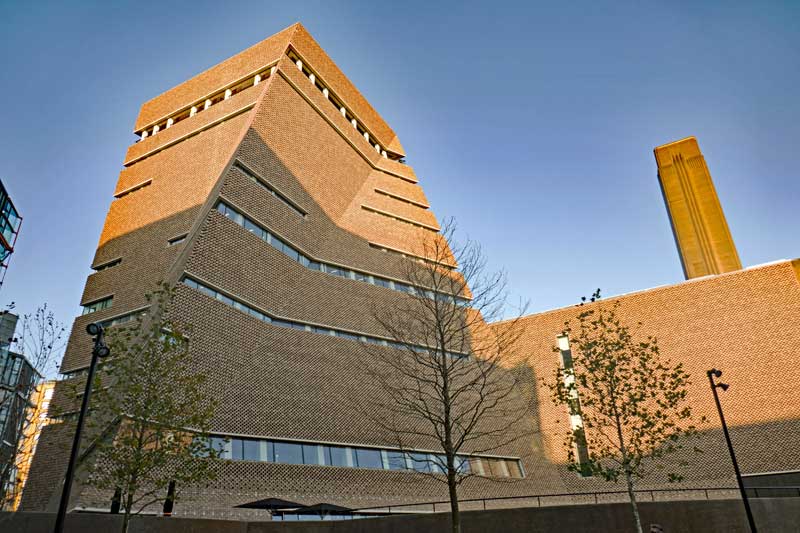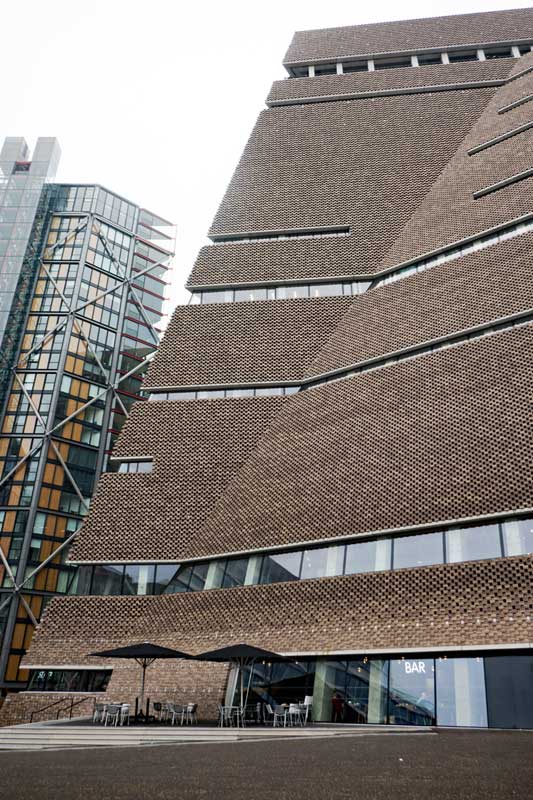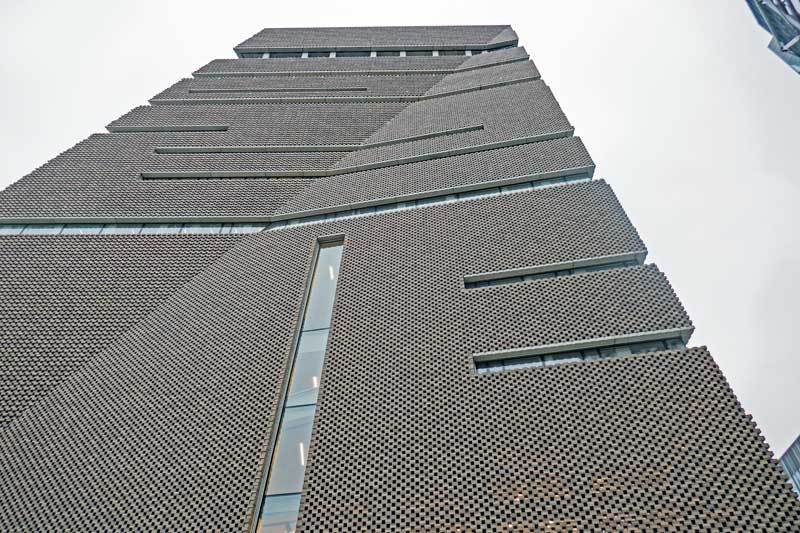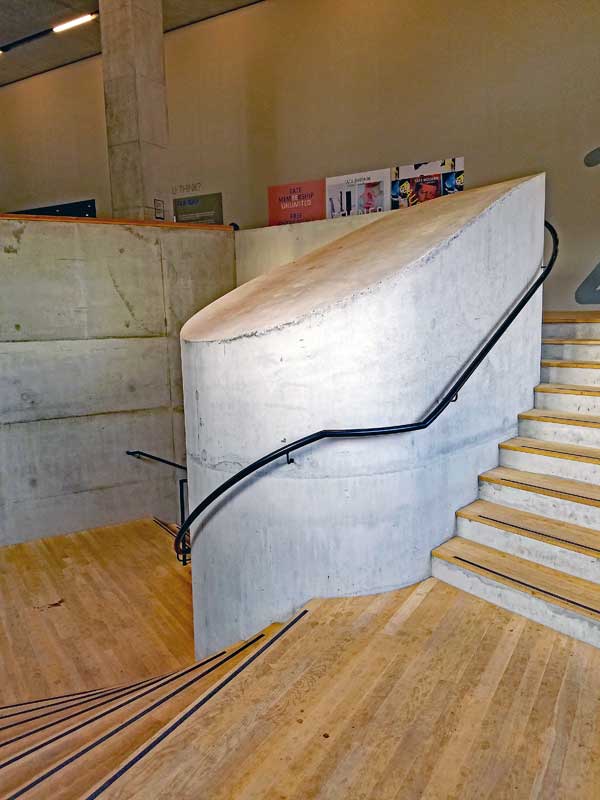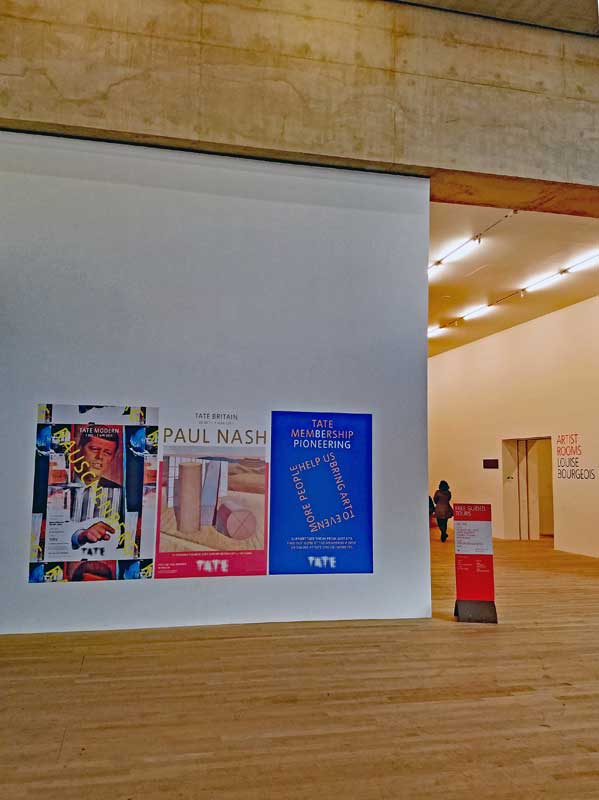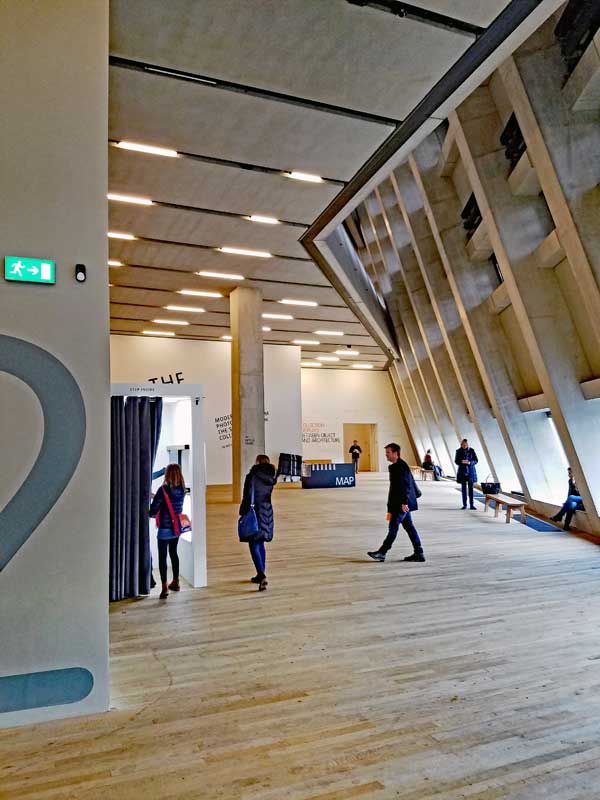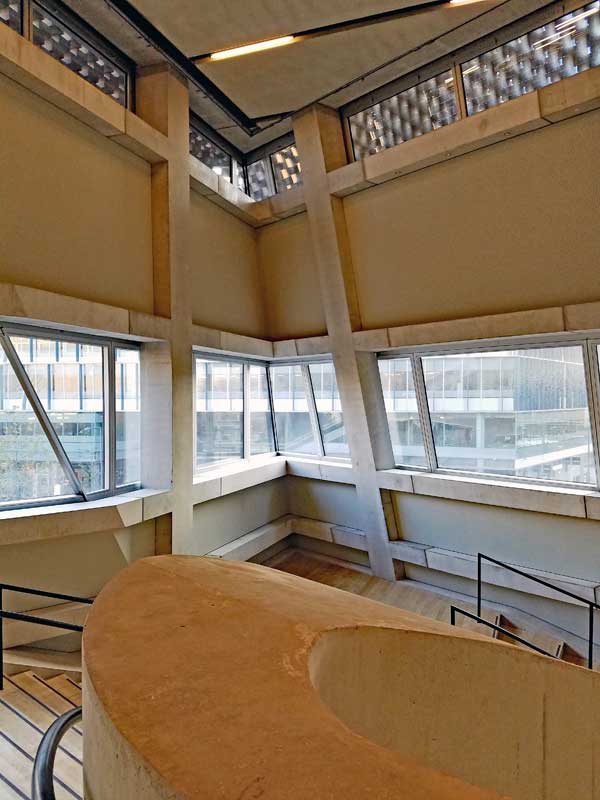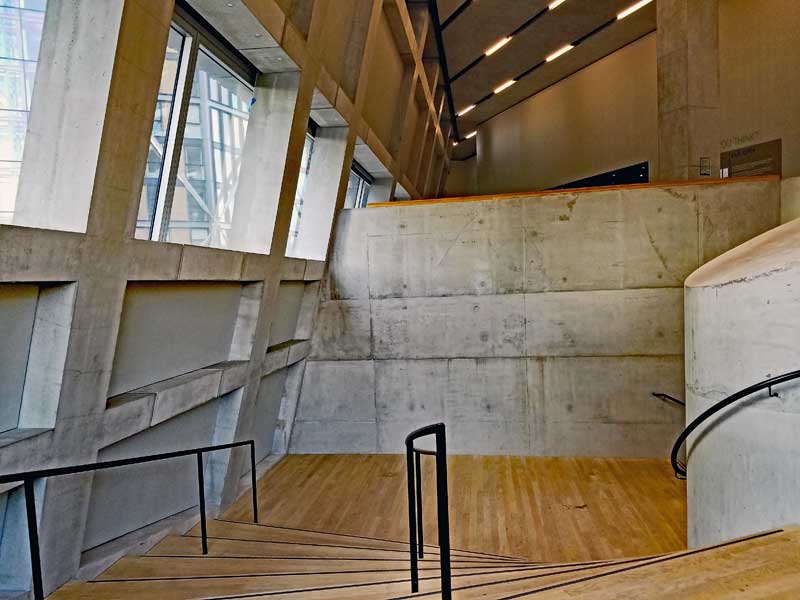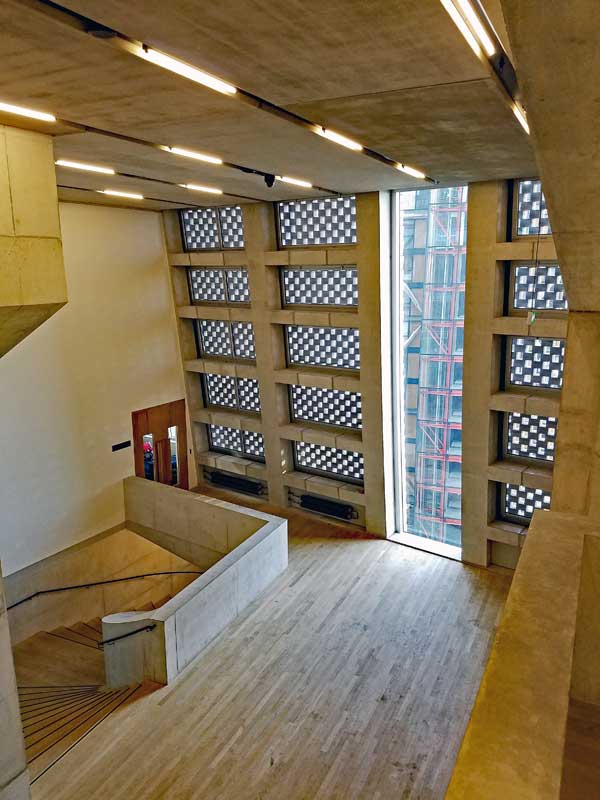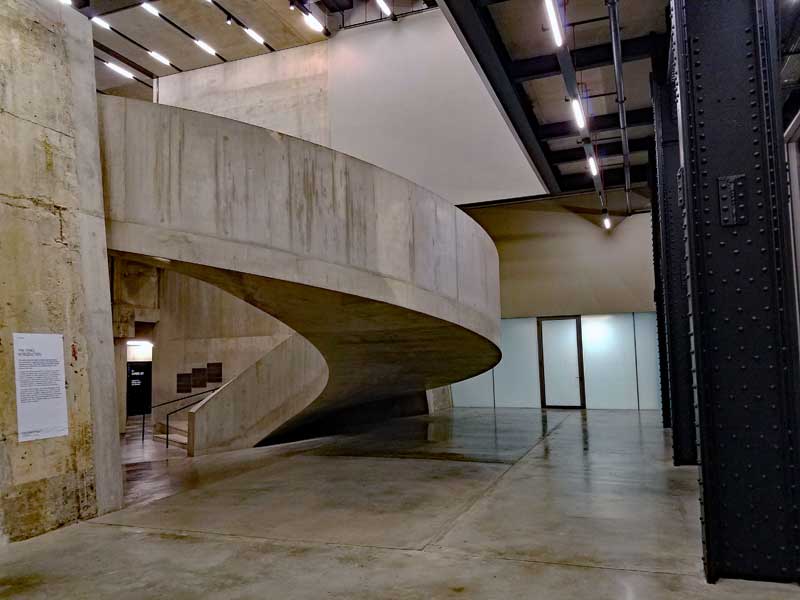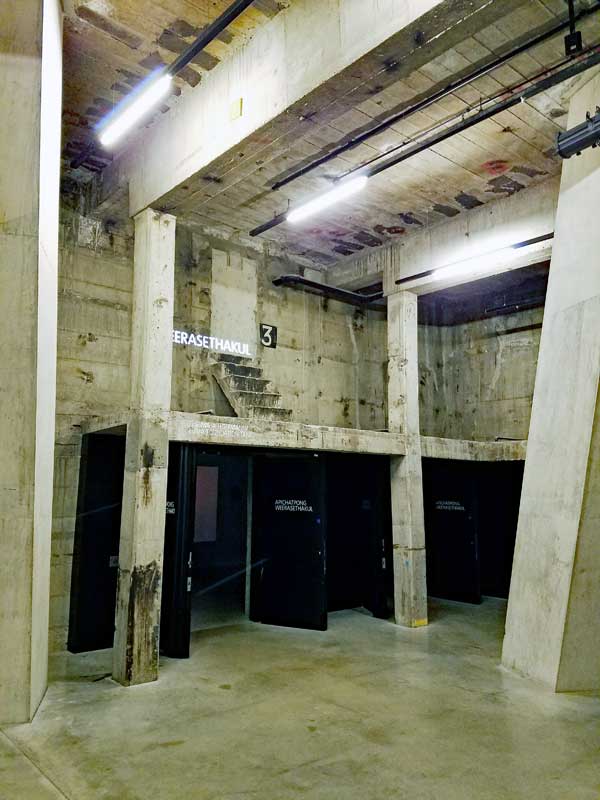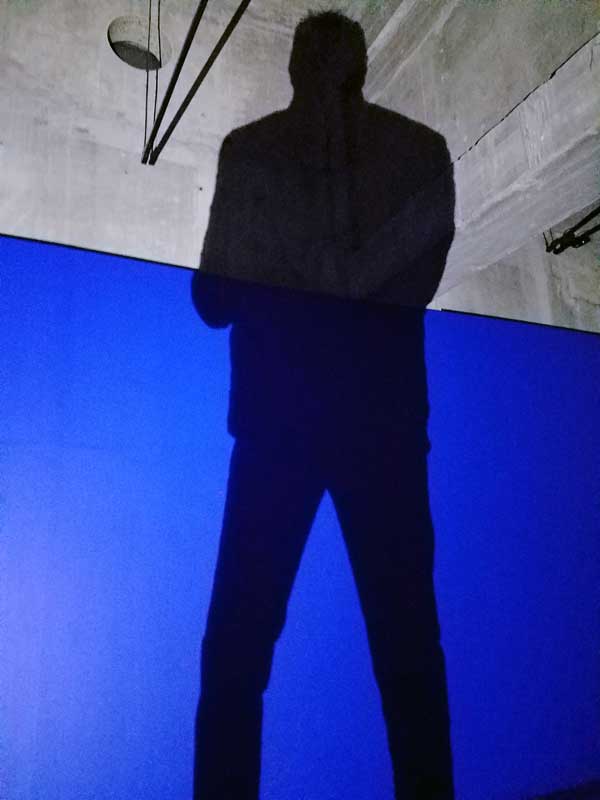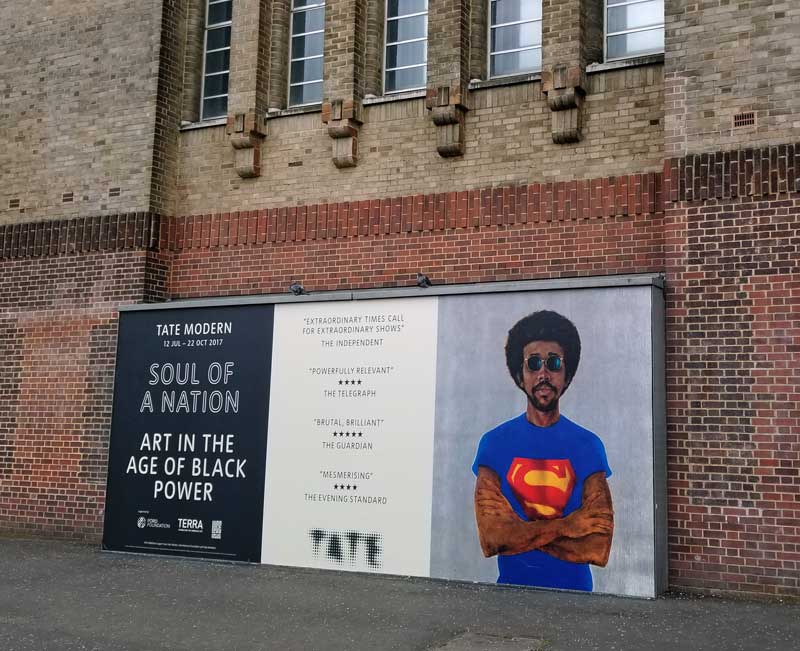
Soul of a nation at Tate modern in London is a trip through African American art through the times of the civil rights movement and beyond. There are powerful art pieces that clearly shows the struggles of people in a society full of of prejudice and even hatred towards people based on the color of their skin. The exhibit has numerous great and thought provoking works of art and it also has posters, magazines and other materials from the Black Panther Party in then 60’s and onward. The original name of the party was Black Panther Party for Self Defense and it was founded in 1966 in Oakland California. The aim of the party was initially to monitor Police activity in order to try and prevent Police brutality against African Americans. The history of the party and it’s contributions to the civil rights movement is controversial and there are many different perspectives on the value of the contributions the party made to history and the movement. It is however clear that the party did have a substantial impact on American society whichever way you chose to look at it.
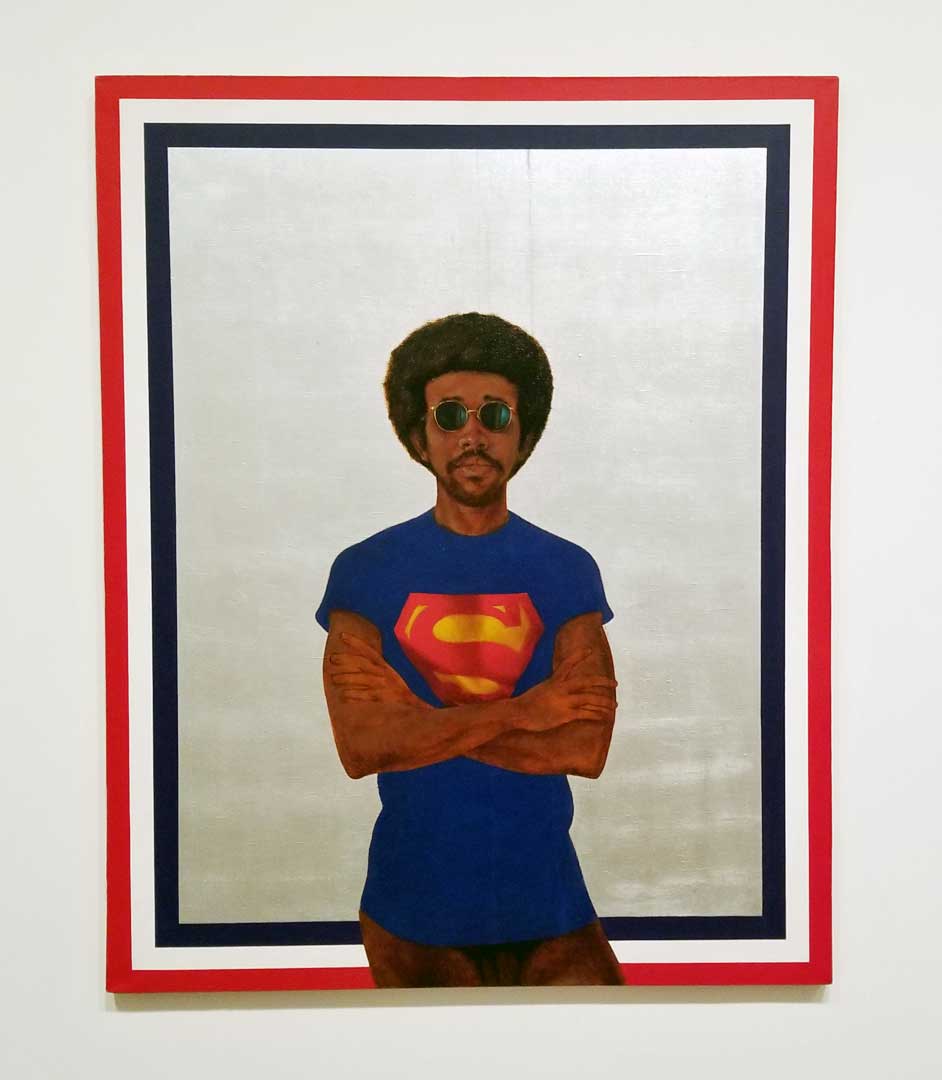
There are some very powerful pieces of art and you can look at the art and appreciate it, but one should also reflect on the struggles that produced the art and what lessons can be learned from the messages that it sends to the world.
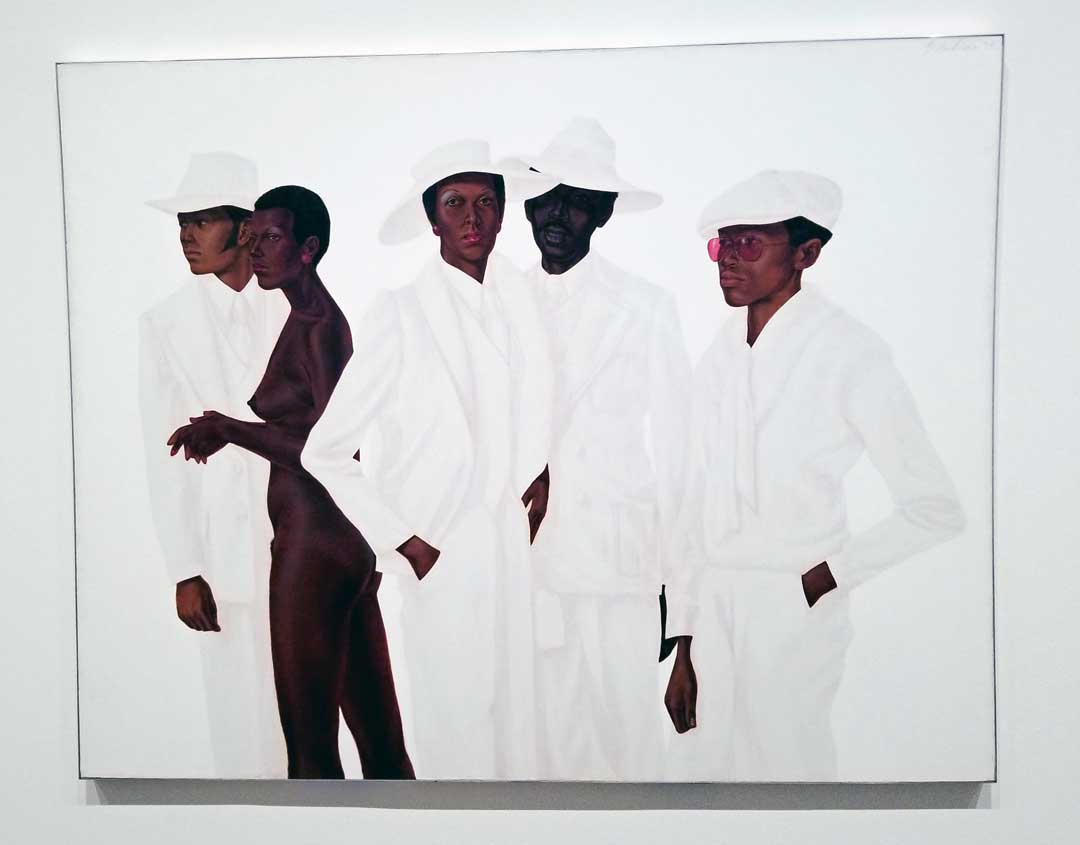
What’s Going On was a nod to Marvin Gaye’s song with the same name and it signifies when Black protest music became a hip thing and was popular among different groups of people.
Soul of a Nation shines a bright light on the vital contribution of Black artists to a dramatic period in …

